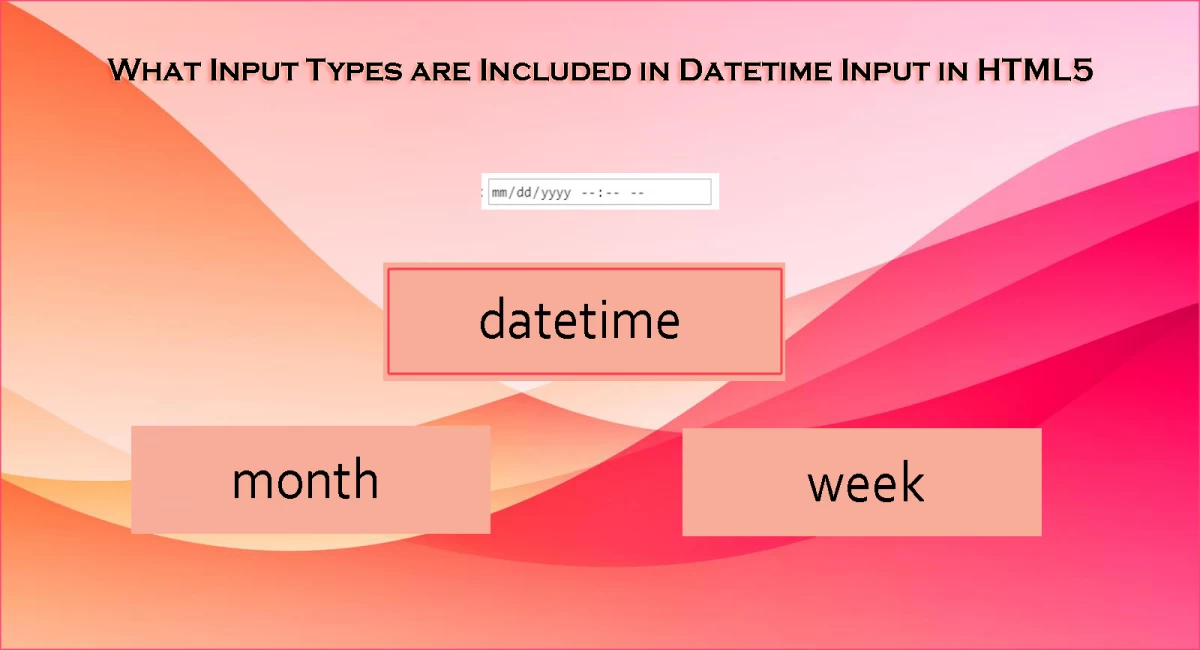
What Input Types are Included in Datetime Input in HTML5
If you're working on a web project that requires users to input dates and times, you may be interested in the datetime input type that's available in HTML5. The datetime input type is a versatile tool that lets you accept a wide variety of date and time formats from users.
Input Types
HTML5's datetime input type includes several different subtypes that can be used to accept different date and time formats. These include:
datetime-localdatetimemonthweek
Datetime-Local
The datetime-local input type is used to accept a date and time in a format like this: 2023-04-17T16:30. This format includes both the date and time in a single input field.
Here's an example of how to use the datetime-local input type in HTML:
<input type="datetime-local" name="meeting-time">
Date
The date input type is used to accept a date in a format like this: 2023-04-17. This format includes only the date.
Here's an example of how to use the date input type in HTML:
<input type="date" name="birthdate">Time
The time input type is used to accept a time in a format like this: 16:30. This format includes only the time.
Here's an example of how to use the time input type in HTML:
<input type="time" name="meeting-time">Month
The month input type is used to accept a month and year in a format like this: 2023-04. This format includes only the month and year.
Here's an example of how to use the month input type in HTML:
<input type="month" name="start-date">Week
The week input type is used to accept a week and year in a format like this: 2023-W16. This format includes only the week and year.
Here's an example of how to use the week input type in HTML:
<input type="week" name="start-date">Conclusion
The datetime input type in HTML5 provides several subtypes that can be used to accept different date and time formats. By using these subtypes, you can make it easier for users to input dates and times in the format that they prefer.





Comments
No comments yet.
Add Comment